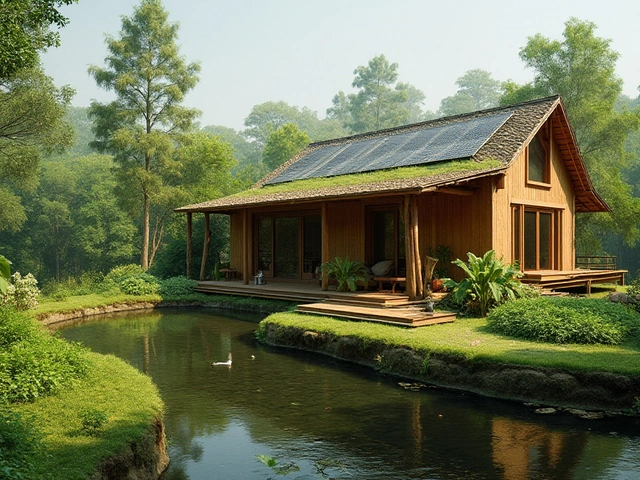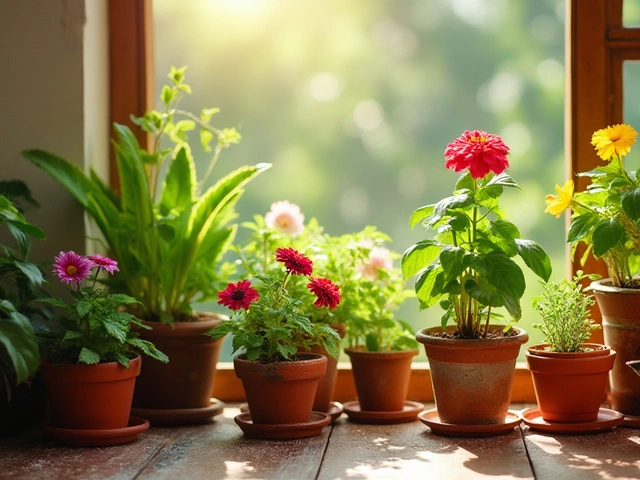Sandalwood India: Everything You Need to Know
If you’ve ever admired the scent of sandalwood incense or wondered why this wood commands such high prices, you’re not alone. In India, sandalwood thrives in specific conditions, and with the right steps you can grow it yourself. Below you’ll find straight‑forward advice on planting, caring for, and profiting from sandalwood without any fluff.
How to Plant and Care for Sandalwood
Sandalwood loves warm, dry climates and well‑drained soil. Choose a spot that gets at least six hours of sunlight daily and avoid areas where water sits after rain. Loamy or sandy loam with a pH between 6.5 and 7.5 works best. Before planting, loosen the soil to a depth of around 60 cm and mix in plenty of organic compost.
When you’re ready to plant, space seedlings about 3 meters apart. This gives each tree room to spread its roots and reduces competition for water. Water the young plants regularly for the first six months, then cut back to occasional deep soakings—sandalwood doesn’t like soggy roots.
Pruning is simple: remove any dead or crossing branches once a year, preferably after the monsoon season. This encourages a straight trunk and improves airflow, lowering the risk of fungal problems. Mulching with dry leaves or straw helps retain moisture and keeps weeds at bay.
Harvesting, Uses, and Market Opportunities
Sandalwood takes time to mature—usually 15‑20 years before the heartwood reaches a marketable oil content. Patience is key, but you can start harvesting small branches for ornamental use after about ten years. When the tree is ready, cut the trunk at ground level and let it dry in a shaded, ventilated area for several months.
The prized part is the heartwood, which contains the fragrant oil used in perfume, incense, and Ayurvedic medicine. If you have a small processing setup, you can extract the oil yourself using steam distillation. Otherwise, local cooperatives often buy raw heartwood at fair prices, especially if you can certify it as organic.
Beyond the wood, sandalwood leaves make a nutritious fodder for goats, and the tree’s shade benefits other crops in mixed farms. Farmers who integrate sandalwood into agroforestry systems report better soil health and higher overall farm income.
To get the best price, connect with regional buyers before you harvest. Many buyers look for consistent quality and proof of sustainable practices. Keeping records of planting dates, fertilizer applications, and pruning schedules helps you demonstrate reliability.
With careful site selection, proper care, and a long‑term outlook, sandalwood can become a rewarding addition to any Indian garden or farm. It offers not just a beautiful scent but also a solid financial return for those willing to wait.
What Plant is India Famous For? Tea, Spices & More Icons Explained
Curious about the plant that put India on the global map? Explore India's legendary tea, the spice story, and the deep roots of famous native plants.
About
Gardening
Latest Posts


Mastering the Art of Container Gardening: Essential Tips for Thriving Terrace Gardens
By Alden Thorne Feb 4, 2025

Using Epsom Salt for Indoor Plant Care: Benefits and Tips
By Alden Thorne Dec 23, 2024

Why is broccoli so expensive in India? Causes and How to Lower the Cost
By Alden Thorne Oct 22, 2025
